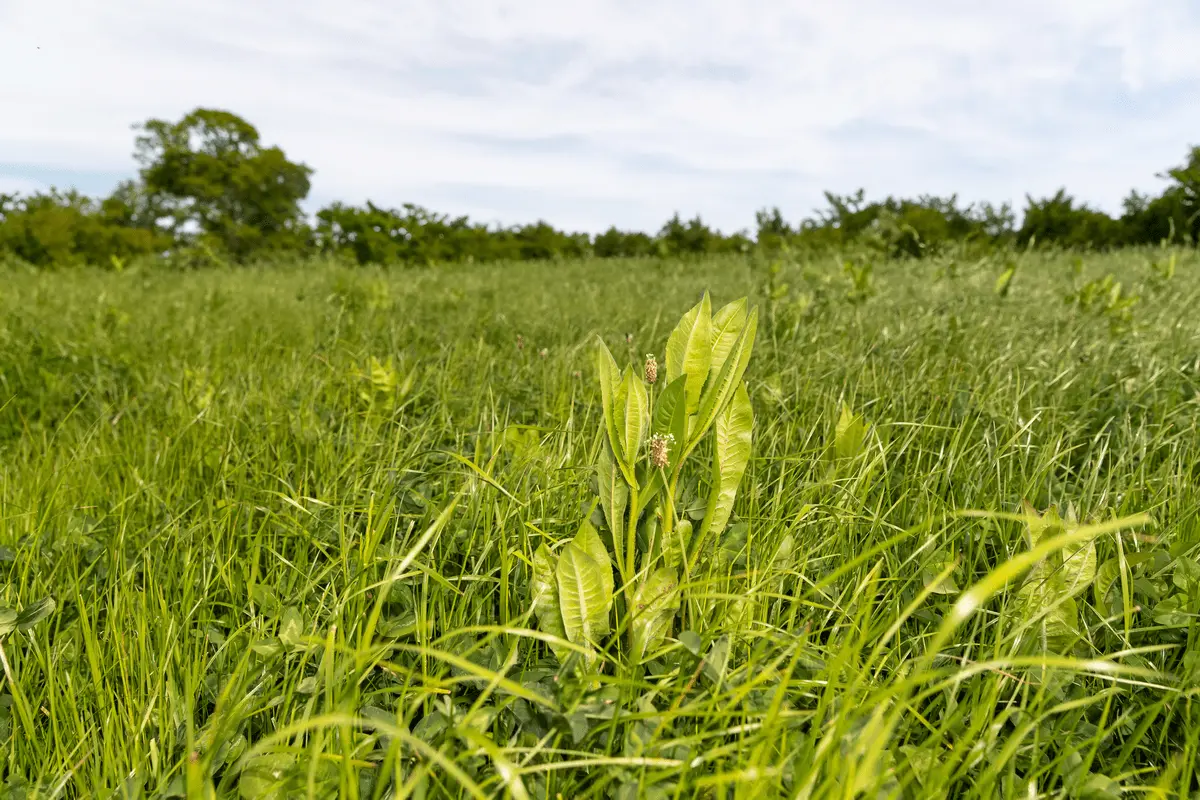The Sustainable Farming Incentive (SFI) scheme is open for applications from Monday 18th September 2023 and there are three actions that can specifically benefit soil health. Grass and forage expert Paul Morgan is here to help, exploring the three Actions for Soils that could benefit your farm.
Please note: for a full breakdown of the SFI Actions for Soils, please consult the latest handbook.
SAM1: Soil health
By enrolling in SAM1, you can potentially receive £6.00 per hectare and an additional payment of £97 per agreement. This entails assessing soil, producing a soil management plan, and testing soil organic matter on your farm. While in SAM1, SFI also lets you apply for SAM2 or SAM3 for additional funding.
An agreement runs for three years, requiring you to complete yearly actions to maintain eligibility. You can apply if land has leguminous and nitrogen fixing crops or is considered permanent grassland and described as improved and using low inputs.
The Sustainable Farming Incentive will require that you complete a soil assessment and finalise a soil management plan in the first 12 months of your agreement. You must then review the plan in years two and three, adding new soil analyses.
Soil organic matter (SOM) testing is required for all three years, undertaken only on land parcels submitted in your agreement. Please note that any SOM testing results that reach five years old must be retested.
Streamlining the process, SFI allows farmers to use existing soil analysis and management plans produced in the last 12 months. Meanwhile, SOM results obtained within the last five years can be used in your agreement.
SAM2: Multi-species winter cover
With this agreement, you can establish multi-species as cover crops during winter to receive £129 per hectare, per year. SFI is encouraging this to protect the soil surface and generate root growth for the benefit of soil structure and biology while minimising nutrient leaching, soil erosion and runoff.
Eligible land for SAM2 must be below the moorland line, classified as permanent crops or arable land, including arable crops, leguminous and nitrogen fixing crops, fallow land, and temporary grassland.
In SAM2, you’ll need to establish multi-species in time to cover soil during winter, which SFI defines as December, January and February. When sowing a multi-species seed mixture, it must contain at least two species from the following plant families.
| Plant family | Species |
| Brassica | Brown mustard, Kale, Oil radish, Stubble turnip, Radish, Yellow mustard |
| Grasses or cereals | Barley, Black oats, Festulolium, Forage rye, Italian ryegrass, Winter triticale |
| Legumes | Alsike clover, Black medick, Common vetch, Crimson clover, Hairy vetch, Lucerne, Peas and beans, Red clover, White clover |
| Herbs | Buckwheat, Chicory, Linseed, Phacelia, Plantain |
If your soil is peaty (20% or more SOM to a depth of 40 cm or more), then you can’t include legumes in the mixture. Another caveat is that you can’t mechanically apply any fertilisers or manures on the land designated in your agreement.
Evidence can be requested during each year of your three-year agreement and can include photographs of your registered land parcels.

SAM3: Herbal leys (multi-species swards)
Also known as multi-species swards, herbal leys can be established under a SAM3 agreement in SFI for farmers to receive £382 per hectare, per year. This is to improve soil health, structure and fertility.
Eligible land must be under the moorland line, including improved permanent grassland or arable land, covering arable crops, leguminous and nitrogen fixing crops, fallow land, and temporary grassland.
SFI allows you to maintain the land area for all three years of your agreement or you can move the area each year as long as it’s eligible. Please note that land with peaty soil will be ineligible.
As an example, a multi-species sward could include a mixture of grasses, legumes and herbs (here are details on the government definition of herbal leys). Seed must be sown and multi-species established in the first 12 months of your agreement.
| Plant family | Requirement | Species |
| Grasses | 5 grasses* | Cocksfoot, Festulolium, Meadow fescue, Perennial Ryegrass, Smooth-stalked meadow grass, Tall Fescue, Timothy |
| Legumes | 3 legumes** | Bird’s-foot Trefoil, Black medick, Clover (red and white), Lucerne, Sainfoin, Vetch (common and winter), wildflowers |
| Herbs | 5 herbs or** wildflowers | Burnet, Chicory, Ribwort plantain, Yarrow |
* Festulolium and Perennial Ryegrass shouldn’t make up more than 50% of the mixture weight
** Legumes and herbs must be at least 25% of the mixture weight
Once established, you can cut or graze multi-species with livestock in SAM3. It’s recommended to rest swards from the start of May until the end of July to allow flowering species to support biodiversity. As with SAM2, photographic evidence will be required.
Expert guidance available
There’s a lot to consider when registering for any of these SFI actions, especially regarding crossover with Countryside Stewardship mixtures and schemes. For advice on seed selection and grassland management, you can call or email a Germinal expert today. Please consult the Sustainable Farming Incentive handbook for a full breakdown of the actions and terms.
